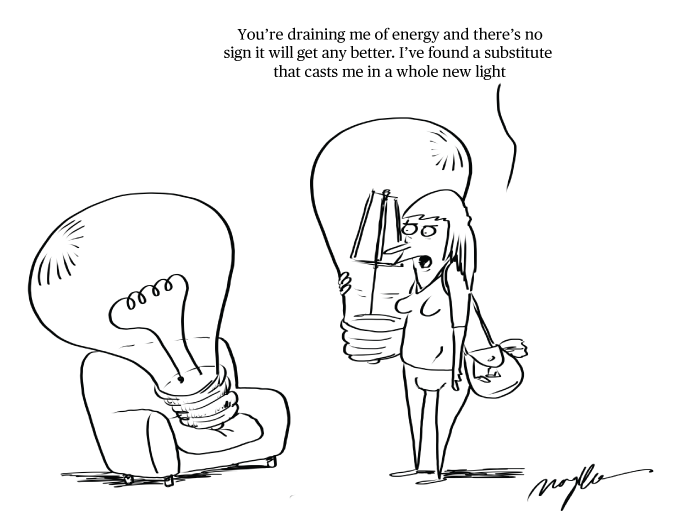Intense efficiency
To keep global temperatures below 2°C, energy intensity (energy units per unit of GDP) needs to fall by 3.7% a year up to 2030 in countries outside the OECD, and by 2.2% in OECD countries, says the International Energy Agency. Two-thirds of the economic potential for using energy more efficiently remains untapped globally, with 70% of world energy use not subject to efficiency performance demands. The energy efficiency business continues to grow, however, with an estimated $221 billion invested globally in 2015, 41% of it in China.
.
Electric mobility
Global sales of plug-in electric cars (PEVs) were a record 750,000 in 2016, with 60% powered solely by batteries, reports the International Energy Agency. China sold 336,000, followed by 215,000 sold in Europe and 160,000 in the US. The sales bring the total PEV stock globally to two million. Electric cars remain a tiny fraction (0.2%) of all vehicles in use.
####
####
Cost data discovery
A toolkit and data base that help financial institutions better understand, value and monitor energy efficient investments are providing invaluable insight on cost. Projects in the EU’s DEEP base indicate that the median avoided cost of energy saved is €0.025/kWh for buildings and €0.012/kWh for industry. That is below half as much as equivalent generation costs, reports database developer, the Energy Efficiency Financial Institutions Group.
April fuel day
On the first day of April Britain supplied 24 hours of electricity without resort to coal fired generation, reports National Grid, the system operator. It was the first coal-free day in the UK since the start of the industrial revolution in the 1880s. The government is to switch off all UK coal fired power stations by 2025.
The world according to BP in 2016
/ Asia Pacific overtook Europe as the world region generating most electricity from renewable sources, with strong and ongoing growth in installation of clean generating technology in China, Japan and India. / Global primary energy consumption increased by just 1%, following growth of 0.9% in 2015 and 1% in 2014. The ten-year average is 1.8% a year. / Global coal consumption fell by 53 million tonnes of oil equivalent, or 1.7%, the second successive annual decline. Coal’s share of global primary energy consumption fell to 28.1%, the lowest share since 2004.
Cold surprise
The ability of wind turbines spread around northern Europe to provide electricity during the coldest spells of winter weather is considerably greater than generally presumed. “A wind power system distributed around the UK is not as sensitive to still cold winter days as often imagined. The average drop in generation is only a third and it even picks up for the days with the very highest electricity demand,” says Brian Hoskins from Reading University, which together with the UK’s Met Office and Imperial College London contributed to the discovery. In a north European winter, warm periods tend to be windy with big blows from the north and cold periods are marked by still weather. “However, contrary to what is often believed, when it comes to the very coldest days with highest electricity demand, wind energy supply starts to recover,” says the Met Office’s Hazel Thornton. The explanation lies in rising demand coinciding with lots of wind generation when the coldest winds of them all blow in from the east.
Fossil fool subsidies
Subsidies of $320 billion went to fossil fuel energy in 2015, down from $460 billion in 2014. The drop is mainly a reflection of end-consumers requiring less help to buy energy in a world of lower wholesale energy prices. Fossil fuel subsidies continue to outweigh renewable energy subsidies by two-to-one; about $150 billion went to support renewables in 2015. While pressure to reform energy pricing often targets fuel for transport, the International Energy Agency (IEA) notes that subsidised residential electricity, especially in Asia-Pacific economies, is a major barrier to low carbon investments. Phasing out price subsidies would significantly improve the allocation of resources to the entire energy system and provide incentives for energy savings and clean tech investments, says the IEA. If indirect subsidies are also included, such as air pollution and climate change, the International Monetary Fund estimates that fossil fuel companies are benefitting from global subsidies of $5.3 trillion, amounting to around 6.5% of global GDP.
ILLUSTRATION Anders Morgenthaler

